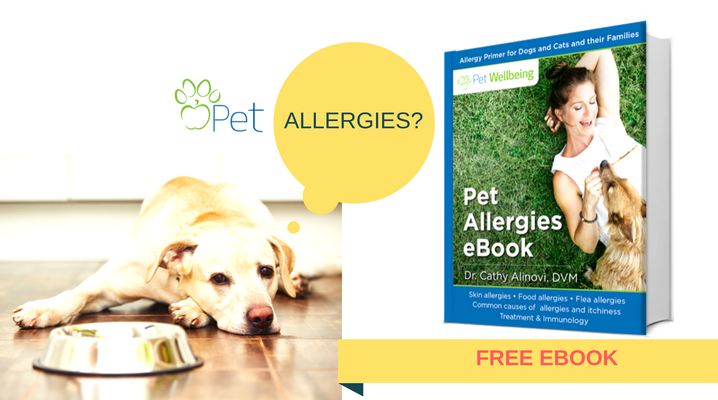
Helping Maltese with intractable itch and Canine Allergies
Without proper diagnostics, it is difficult to tell if an itchy dog has atopic dermatitis, a food reaction, or just skin related canine allergies. It's estimated that almost half of all dogs in the United States suffer from some kind of allergies. That's a lot of uncomfortable dogs!
Canine allergies usually present as skin disorders, but the symptoms can also be in the gut. Cats also get itchy skin disease, just less frequently than dogs.
When a pet presents with signs of allergies, the first thing to do is review the three most common causes of allergies.
"Food allergy�? – an abnormal or adverse reaction to food that is based on the immune system’s response to the food.
"Skin allergy�? – cutaneous adverse food reaction – an abnormal reaction to food that manifests on the skin.
“Flea allergy dermatitis�? – common in pets allergic to the actual flea bite. The allergy is to the flea’s saliva. For these dogs and cats, one flea bite can set off a whole cycle that can result in hot spots and skin rashes.
As you can see from the overlapping definitions of different kinds of allergies, and the fact that there are several kinds of immunoglobulins involved in allergies, it may seem like diagnosis can be tricky. The good news is there is copious research into how to determine each kind of allergy, and there are treatment methods available.
Once a diagnosis is made, it’s time to deliver the right treatment. There is no right or wrong treatment method – there is the method that works best for your pet, your budget, your situation, and your expectations. Here's a relevant example of making the right diagnosis, from our Pet Allergies eBook:
Bentley was a three-year-old Maltese with intractable itch. This little guy scratched all over his whole body, nonstop. He had to wear a onesie and a cone to keep from mutilating himself. All other diagnostic testing had not revealed very much to help him until we performed the neurotransmitter test. Our results lead to starting him on a calming formulation including L-Theanine to help calm the excitatory neurotransmitters in his brain, and his intestines. Now, Bentley is a happy, non-clothes wearing little man. Incidentally, we did find that he had some food sensitivities as well – he eats a diet of tuna and brussels sprouts with vitamin supplements for nutritional balance.
Yeast Overgrowth in Dogs
The itching can be a constant discomfort to the dog. The regions most affected are places where the skin creases, so canines can commonly be seen trying to relieve between the paw pads (gnawing at their paws) and scratching their ears. It may also affect the anal area, folds of the nose and eyelids, around the neck and the armpits.
Yeast overgrowth can cause:
- Intense itching
- Skin irritation and inflammation (especially around the ears, paw pads, between the toes, folds of the nose, anal area, neck and the armpits)
- Skin redness
- Sores
- Sticky discharge
- Hair loss
- Foul-smelling skin
- Yellowish / greenish discharge from ears with a musty smell
This condition may be linked to lowered immunity, an allergy, longtime use of antibiotics or other medications, especially steroids. It may occur when other, primary medical conditions exist.
Recommended for Yeast overgrowth & food allergies and to support gut health:
For caring owners who want the best for their pet without the debilitating side effects and expensive fees of prescribed medicines, learn more about natural support from pet Well Being:
Ultimate Probiotic with Probiotics for Dogs and Cats for $29.99
For a healthy balance of "good" bacteria.
Also recommended during and following antibiotic treatment for both cats and dogs





